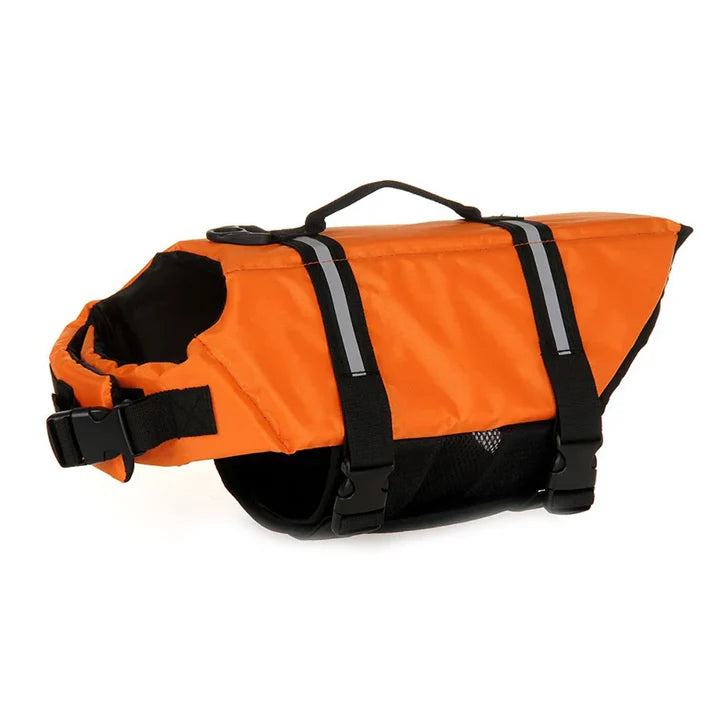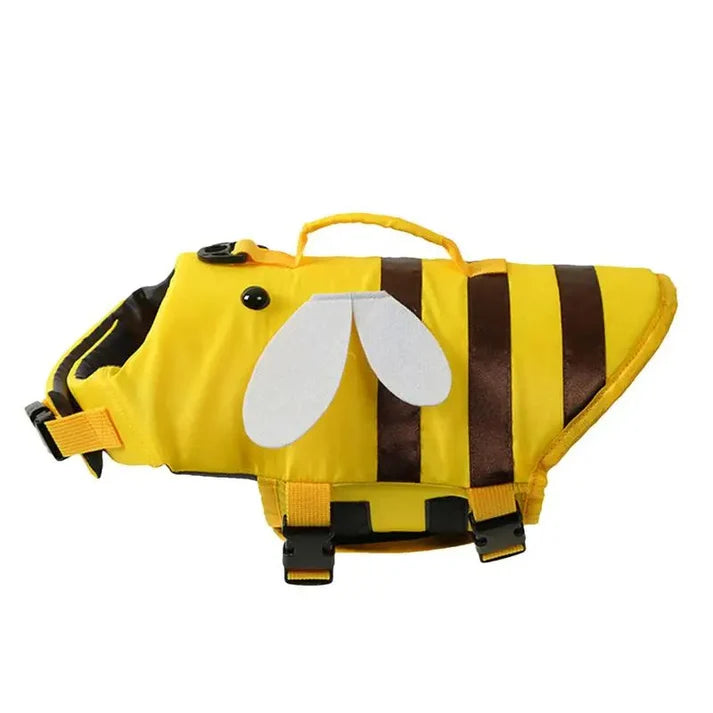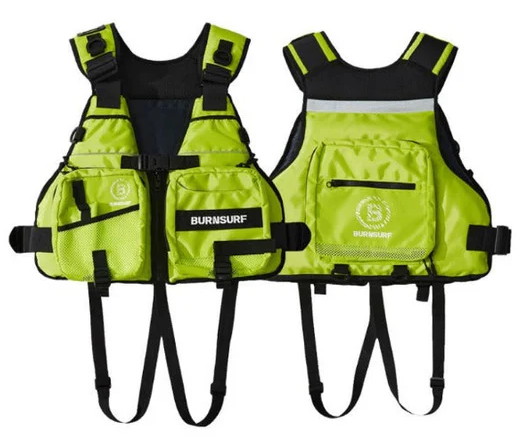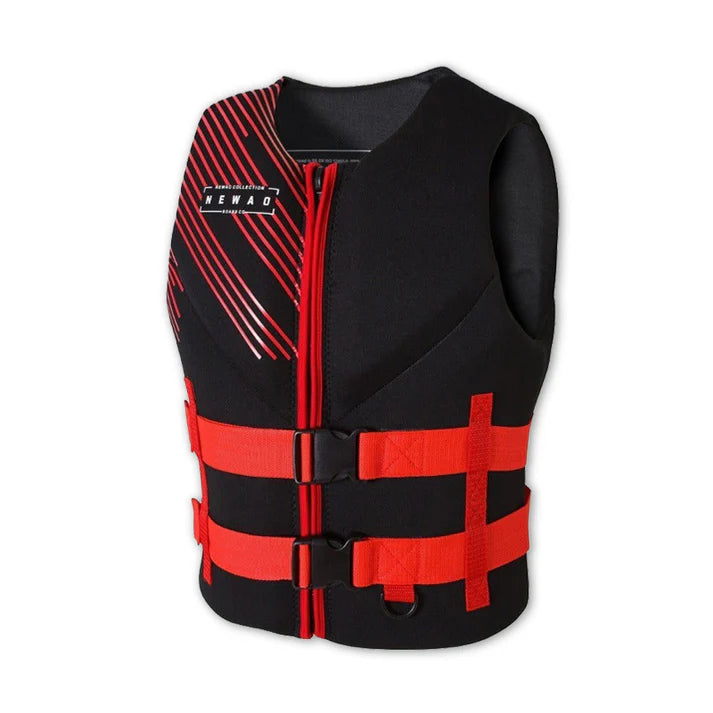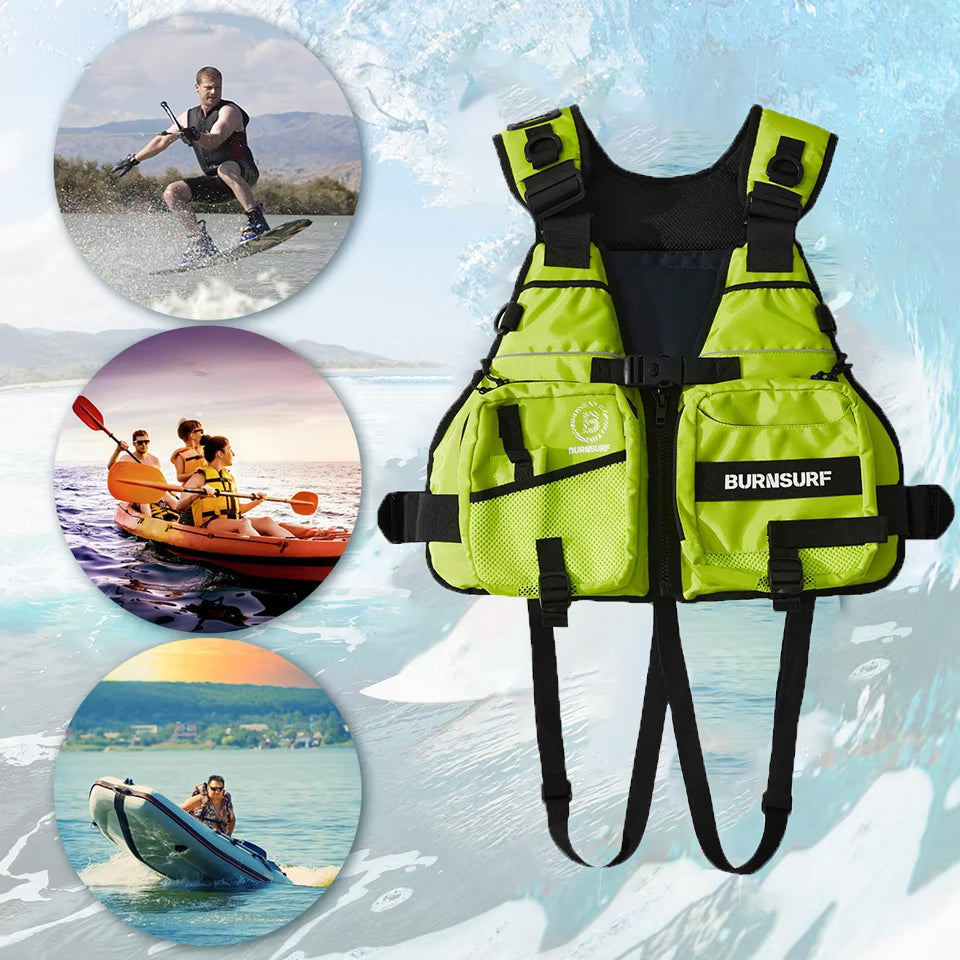The Evolution of Surfing: From Ancient Roots to Modern Sport
Surfing: the art of riding waves, soaking up sun, and occasionally wiping out spectacularly in front of a crowd. It’s a sport that has evolved dramatically over the centuries, from ancient Polynesian traditions to the high-tech, competitive world we see today. So grab your board (or just a snack if you’re not ready to hit the waves), and let’s dive into the fascinating history of surfing!
Ancient Beginnings: The Polynesian Pioneers
Believe it or not, surfing dates back to ancient Polynesia, where it was more than just a sport—it was a way of life! Early Polynesians rode waves in canoes and on wooden boards called “olo” and “alaia.” These boards were crafted from local trees, and riding the waves was a rite of passage, often reserved for the elite. Imagine a Hawaiian king effortlessly gliding across the waves while commoners watched in awe, probably thinking, “I’ll stick to fishing, thanks.”
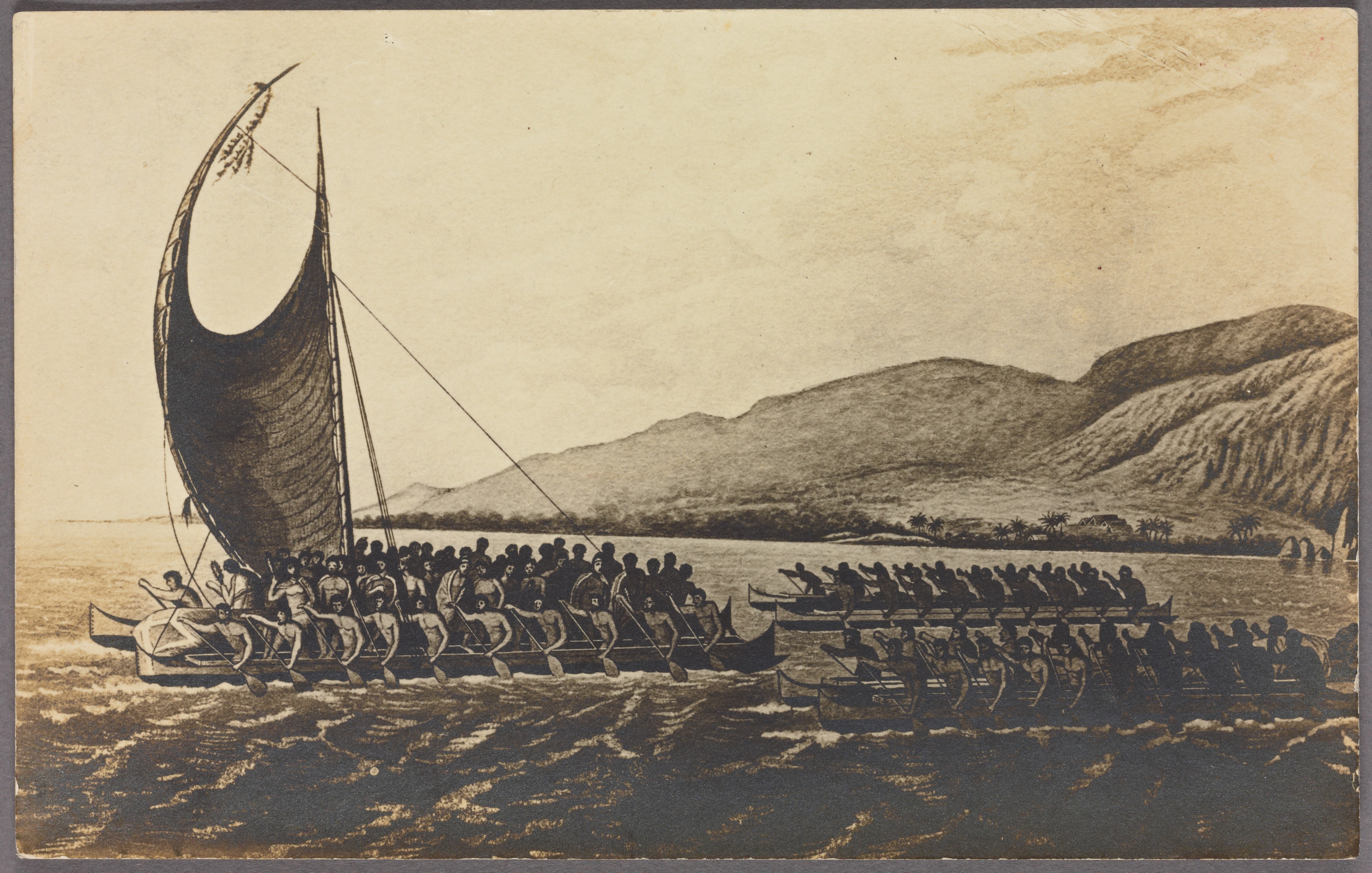
In fact, surfing was so important that it was intertwined with Polynesian culture and spirituality. Surfing wasn’t just about catching waves; it was a way to connect with nature and the gods. So next time you’re out surfing, remember: you’re not just riding a wave; you’re partaking in a sacred ritual that stretches back thousands of years. No pressure!
The Arrival of Surfing in Hawaii
Fast forward to the 18th century, when Captain James Cook arrived in Hawaii and stumbled upon this wave-riding phenomenon. He and his crew were likely baffled by the sight of Hawaiian surfers shredding waves like pros. Cook’s diaries even mention how surfing was an integral part of Hawaiian culture, with competitions and ceremonies dedicated to it. Who knew that the British were so fascinated by a bunch of sun-kissed surfers?
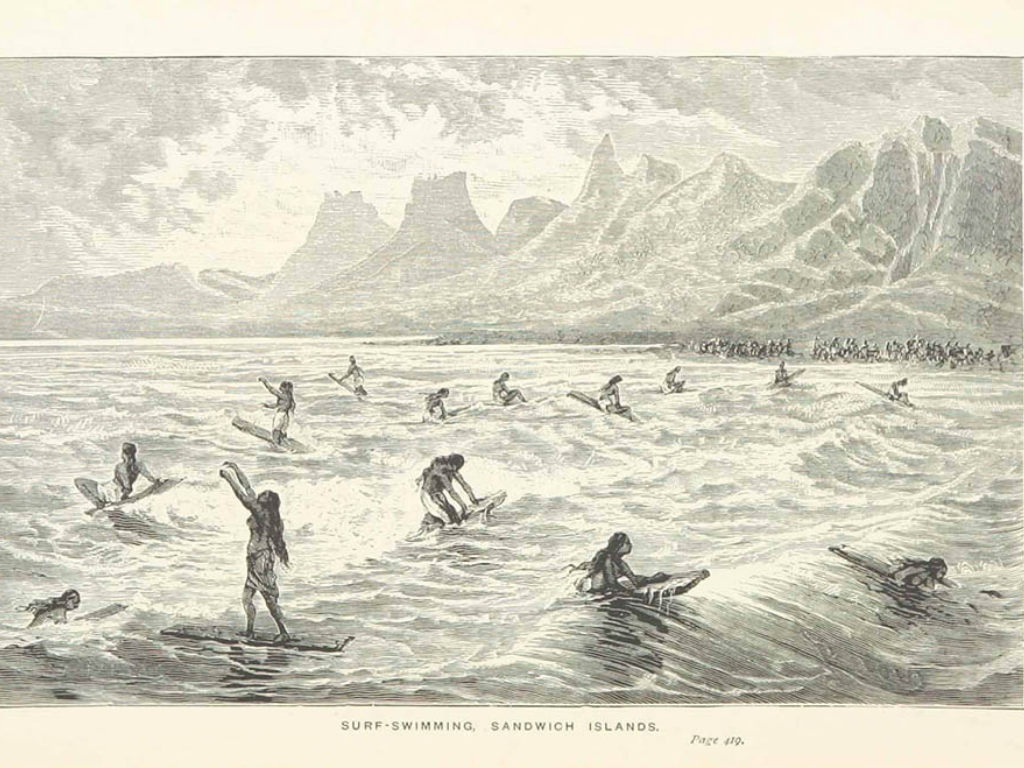
As surfing gained popularity, it became a symbol of Hawaiian identity. The locals embraced their wave-riding heritage, and soon, surfing spread to other parts of the world. It was like the original viral trend, but instead of TikTok dances, it was all about catching gnarly waves!
The Birth of Modern Surfing: The 20th Century
The 20th century marked a turning point for surfing. The sport began to take on a more modern form, especially in California, where the laid-back beach culture thrived. Enter the iconic Duke Kahanamoku, a Hawaiian swimmer and surfer who became a global ambassador for the sport. With his charming smile and impressive surfing skills, he helped introduce surfing to the mainland U.S. and beyond. If there were ever a surfing superhero, Duke would be it!

During the 1950s and 1960s, surfing exploded in popularity, thanks in part to movies like “Gidget” and “Endless Summer.” Suddenly, everyone wanted to be a surfer, and surf culture became a phenomenon. Surfers were the rock stars of their time, sporting shaggy hair, board shorts, and a carefree attitude. Who wouldn’t want to hang ten and live the dream?
The Evolution of Surfboards: From Wood to Foam
As surfing evolved, so did the equipment. Early surfboards were heavy wooden planks, making them cumbersome and challenging to maneuver. But thanks to innovation and a little creativity, surfboards transformed into the lightweight, high-performance boards we know today.
In the 1960s, surfboard shapers began experimenting with materials like fiberglass and foam, creating boards that were lighter, faster, and more agile. This was a game-changer! Surfers could now perform tricks and ride bigger waves, pushing the limits of the sport. Talk about a glow-up!
Surfing Goes Global: The Rise of Competitions
By the 1970s and 1980s, surfing had become a competitive sport, with events like the World Surfing Championships showcasing the best talent from around the globe. Suddenly, surfers were not just riding waves for fun; they were competing for glory and cash prizes. The stakes were higher, and the competition was fierce!
This era saw the emergence of legendary surfers like Kelly Slater and Lisa Anderson, who dominated the scene and inspired a new generation of wave riders. They made surfing look so easy that you’d think you could just hop on a board and start shredding. Spoiler alert: it’s not that simple!

Surfing Today: A High-Tech Adventure
Fast forward to the present day, and surfing is more popular than ever. With advancements in technology, surfers now have access to high-tech boards equipped with everything from GPS tracking to built-in cameras. It’s like surfing meets NASA! These innovations have not only enhanced performance but also made the sport more accessible to everyone.

Moreover, surfing is now a global phenomenon, with surf spots in every corner of the world. From the beaches of Bali to the shores of Portugal, surfers are chasing waves like never before. And let’s not forget the rise of big wave surfing, where daredevils tackle monstrous waves that could swallow a house whole. Talk about extreme sports!
Riding the Wave of History
So there you have it—the evolution of surfing from ancient Polynesian roots to the modern sport we know and love today. It’s a journey filled with cultural significance, innovation, and a whole lot of fun. Whether you’re a seasoned pro or just starting, remember that surfing is about more than just riding waves; it’s about connecting with nature, embracing the ocean’s power, and enjoying the ride.

So, the next time you hit the beach, take a moment to appreciate the rich history behind your favorite pastime. And who knows? You might just find yourself channeling your inner Duke Kahanamoku, riding the waves with style and grace. Now, grab your board and let’s go surf’s up! 🌊🏄♂️


